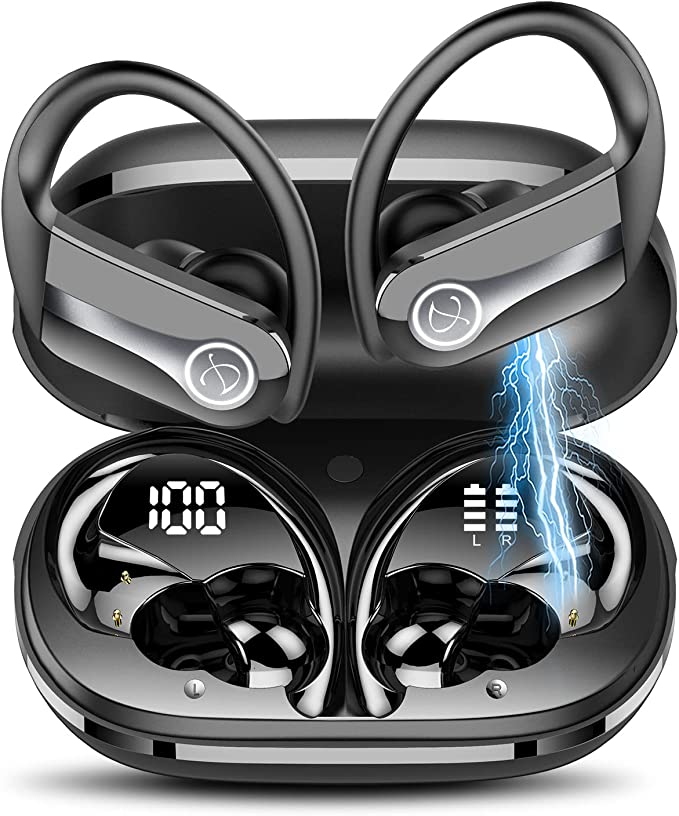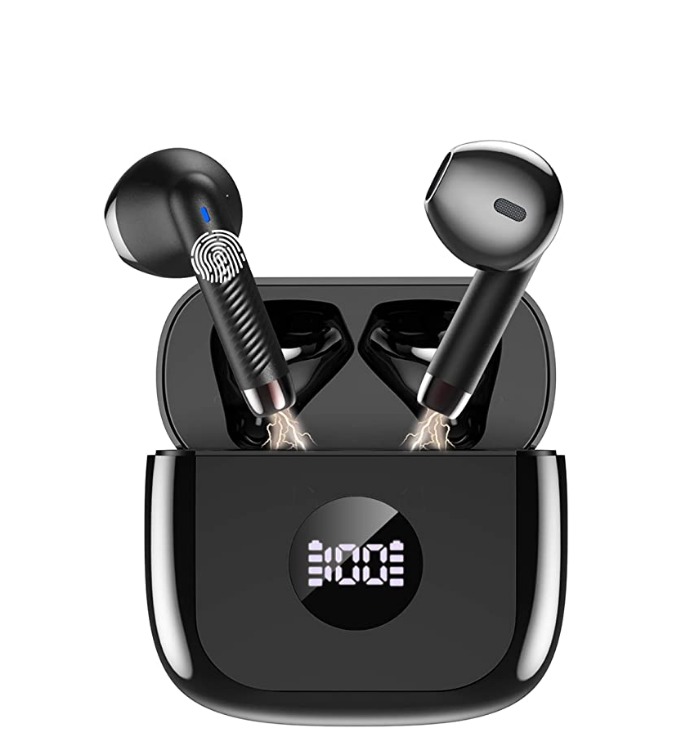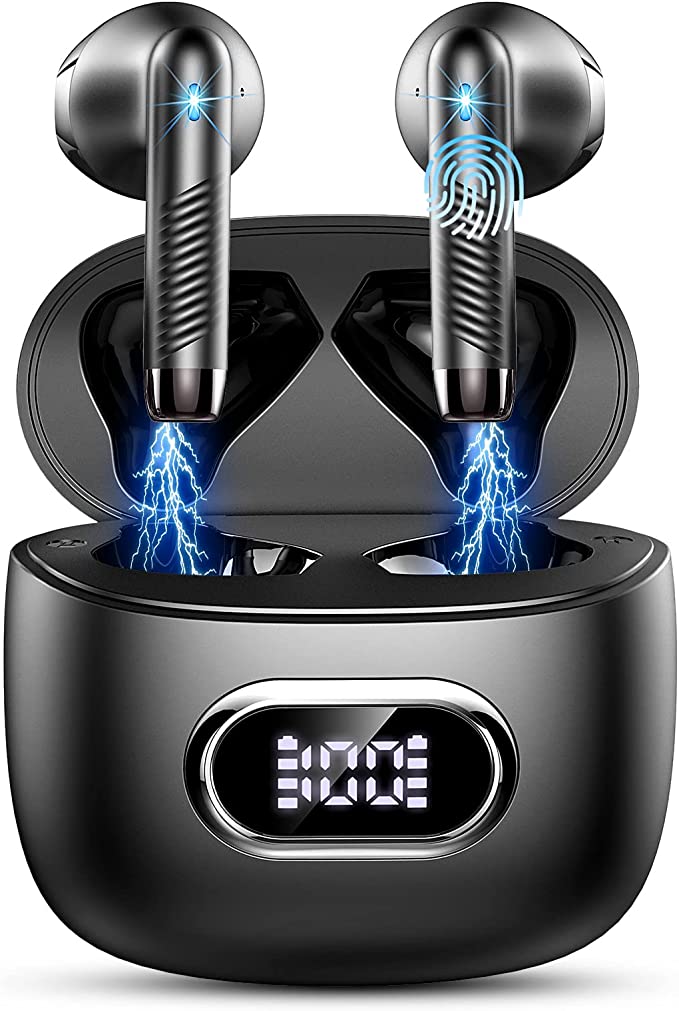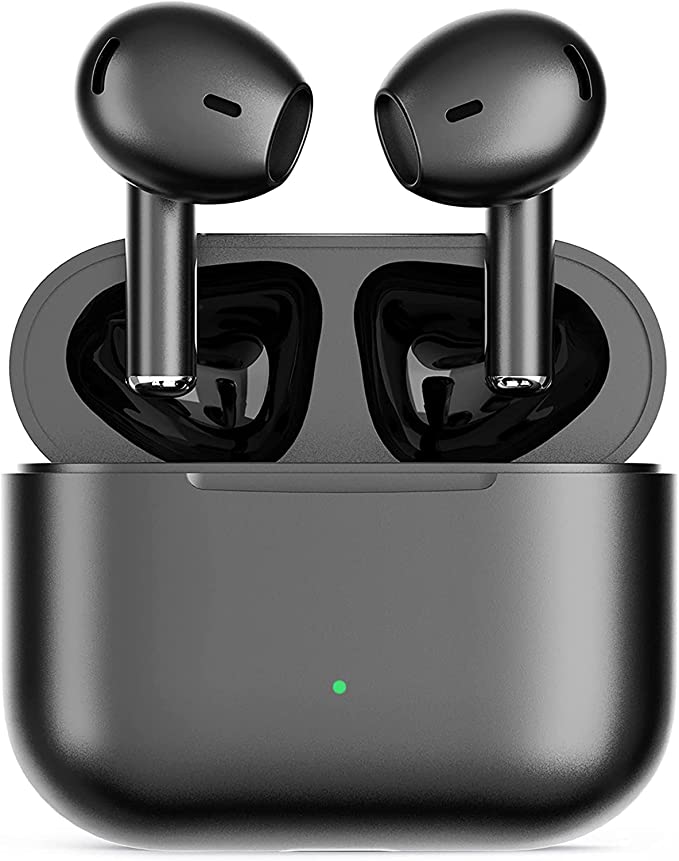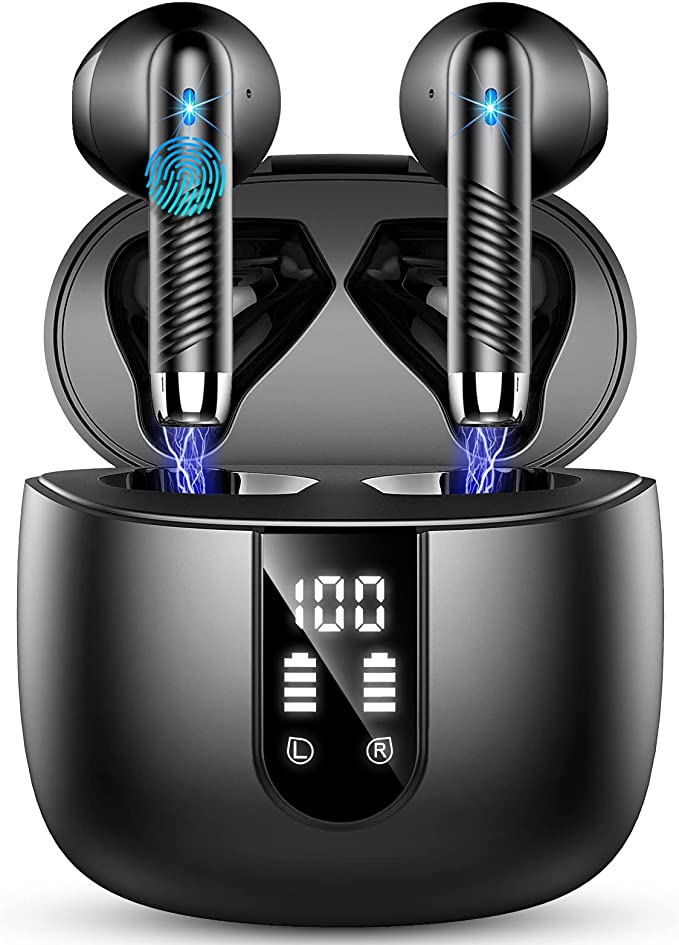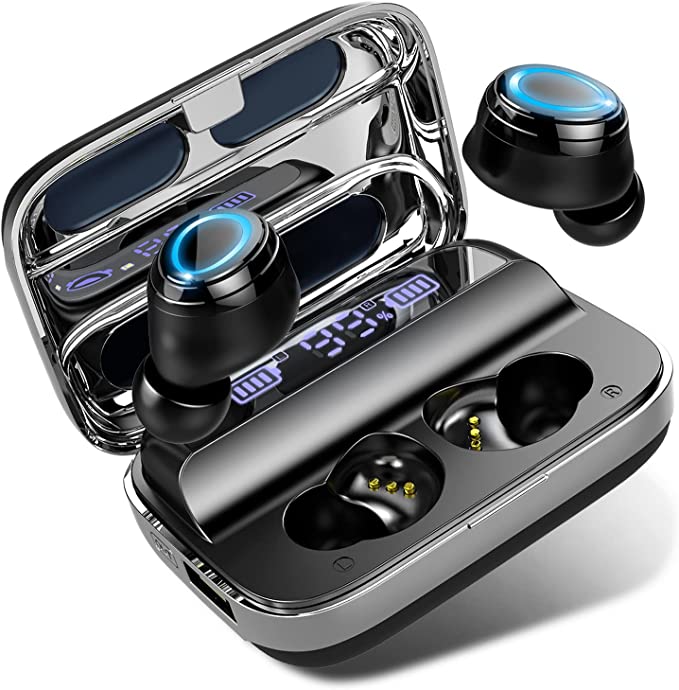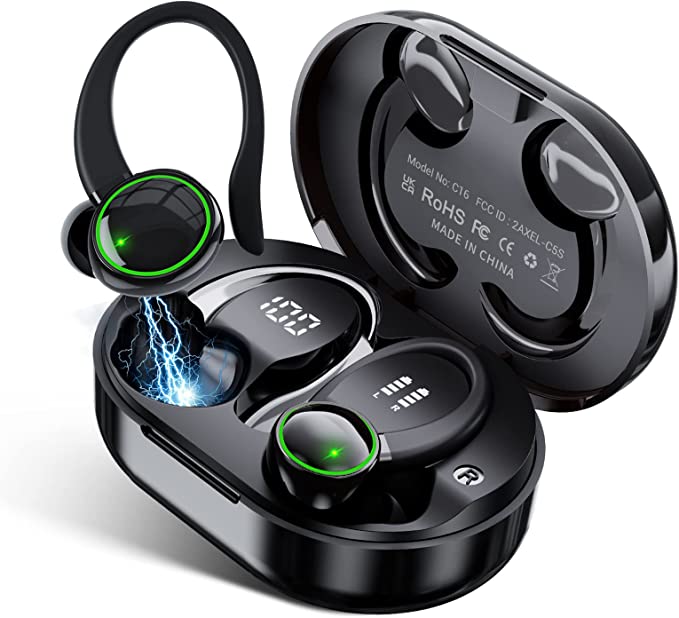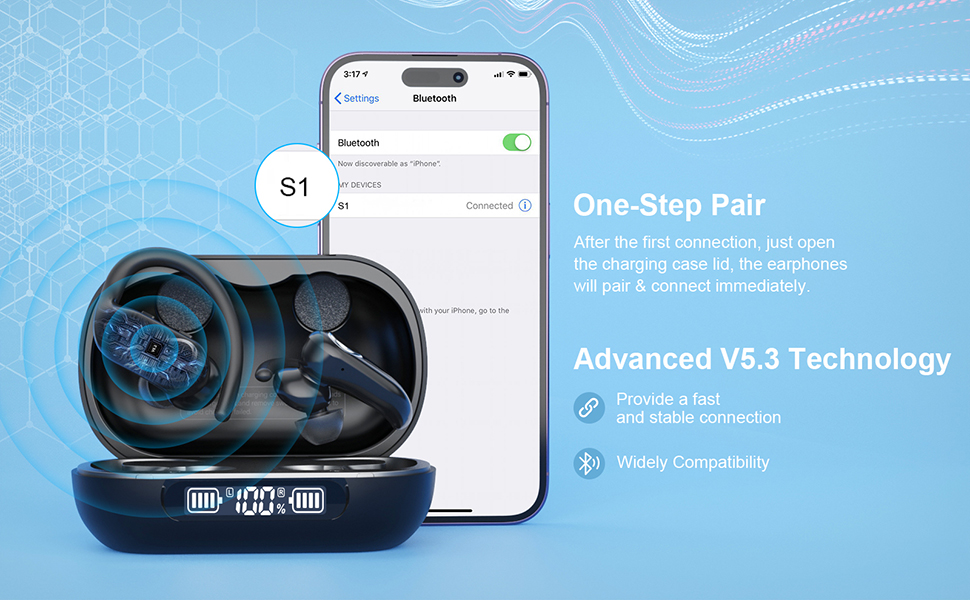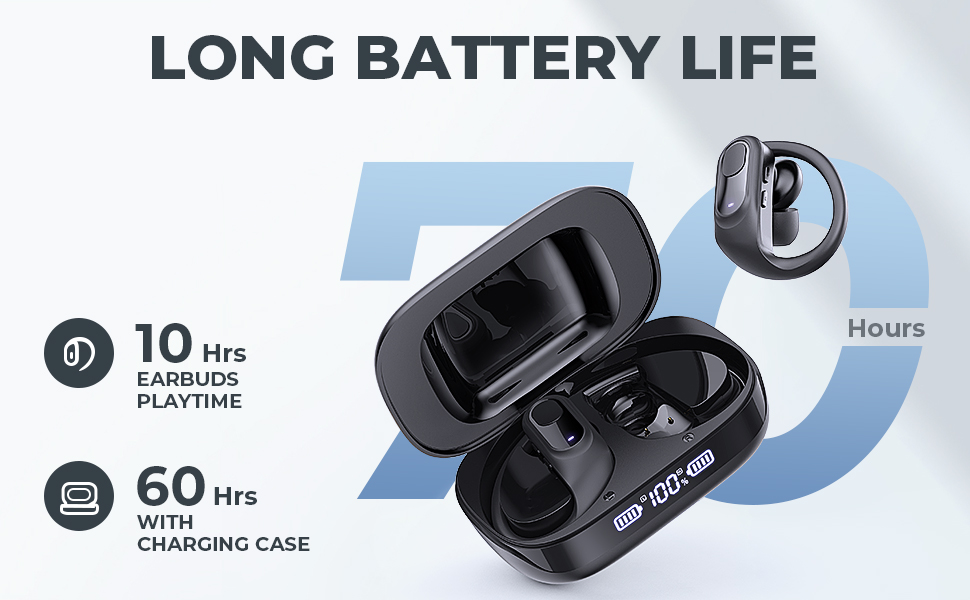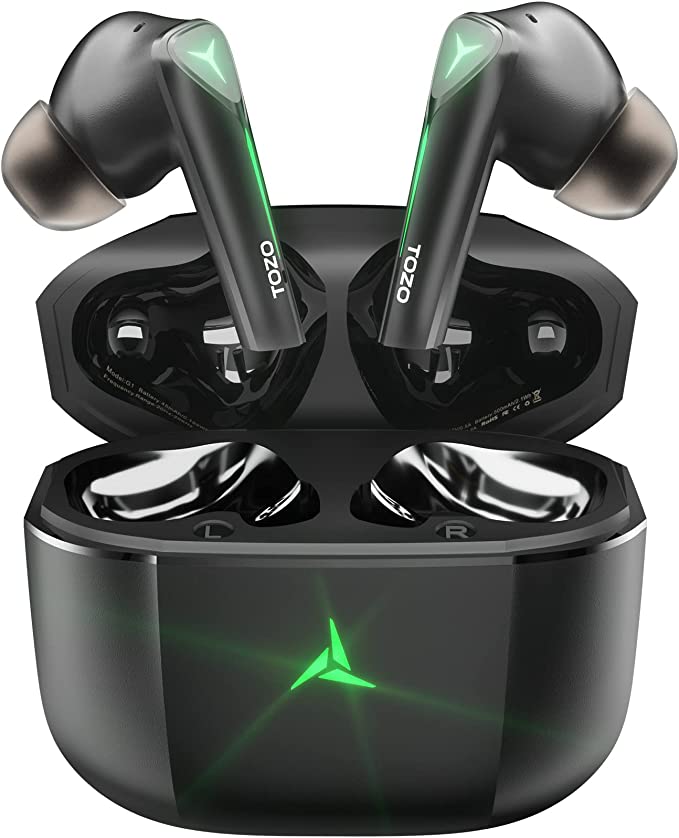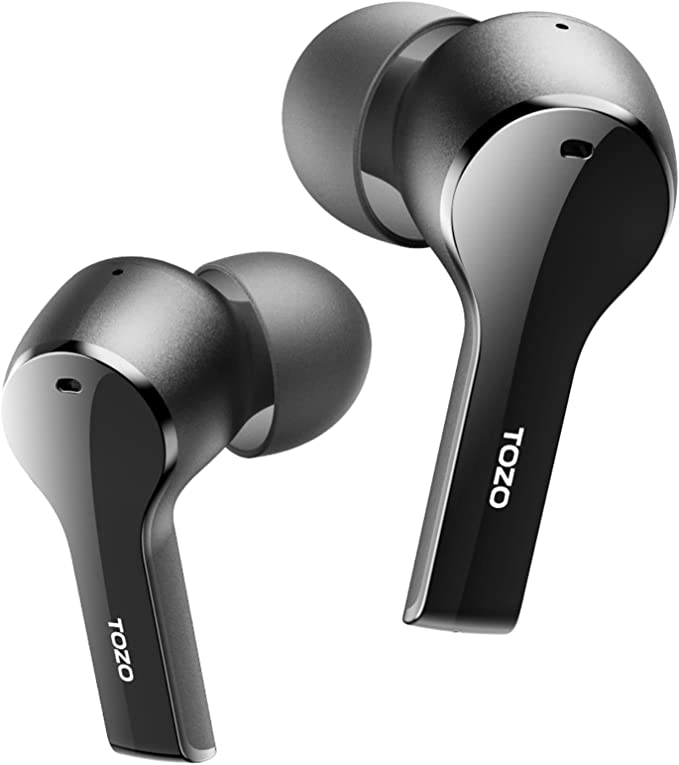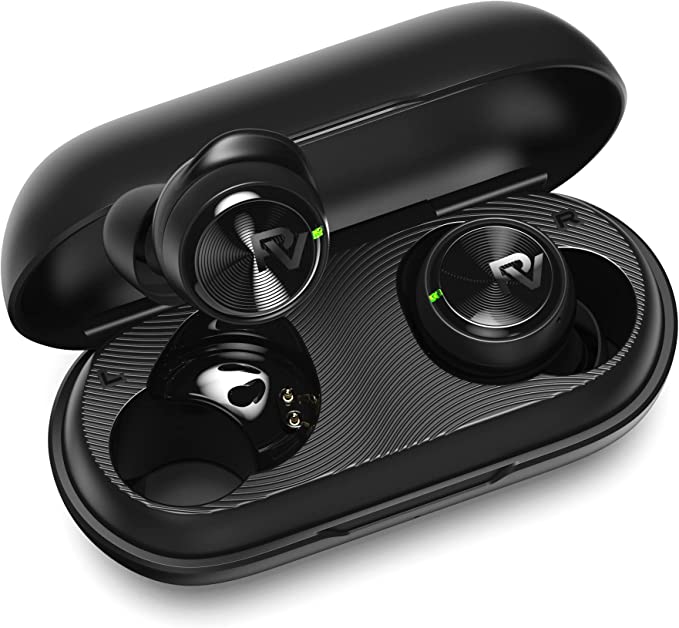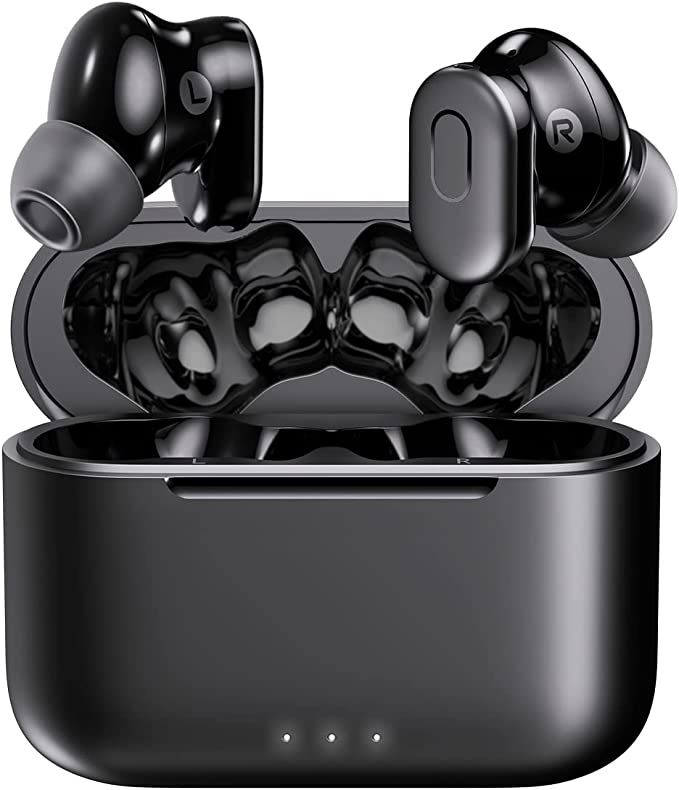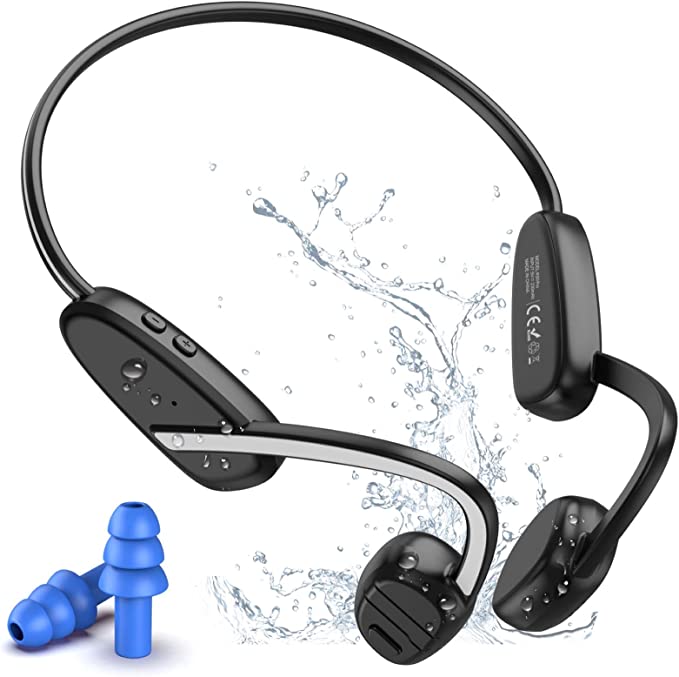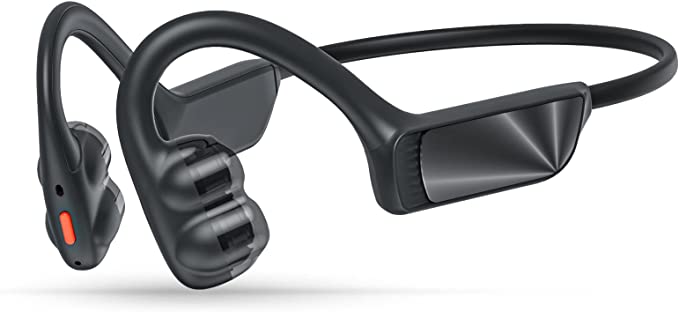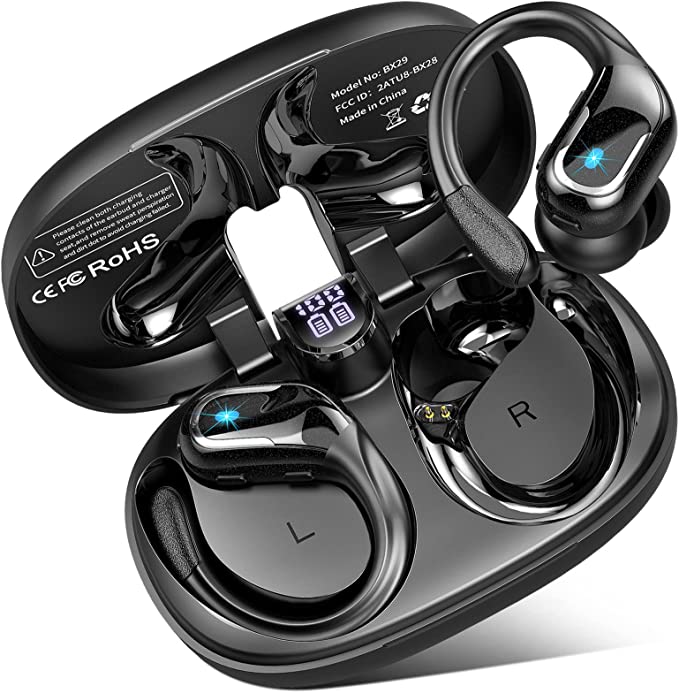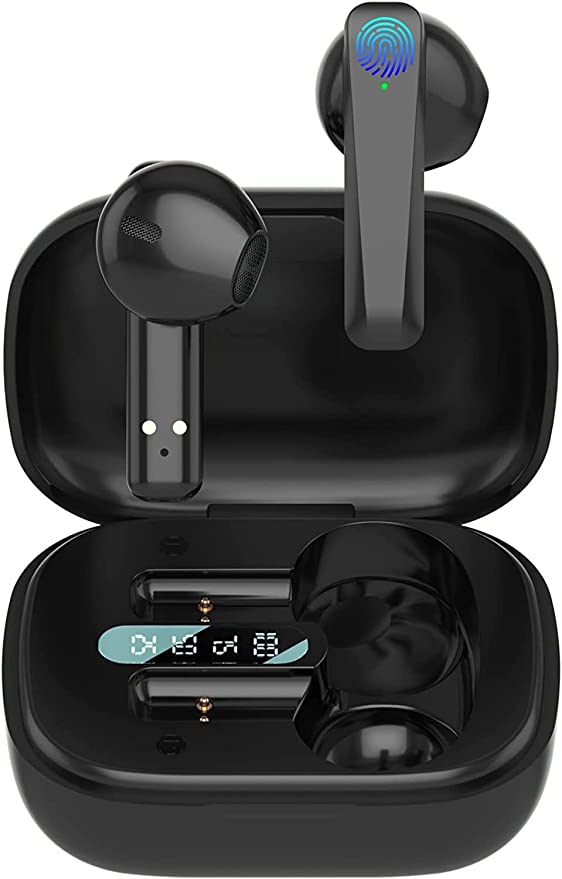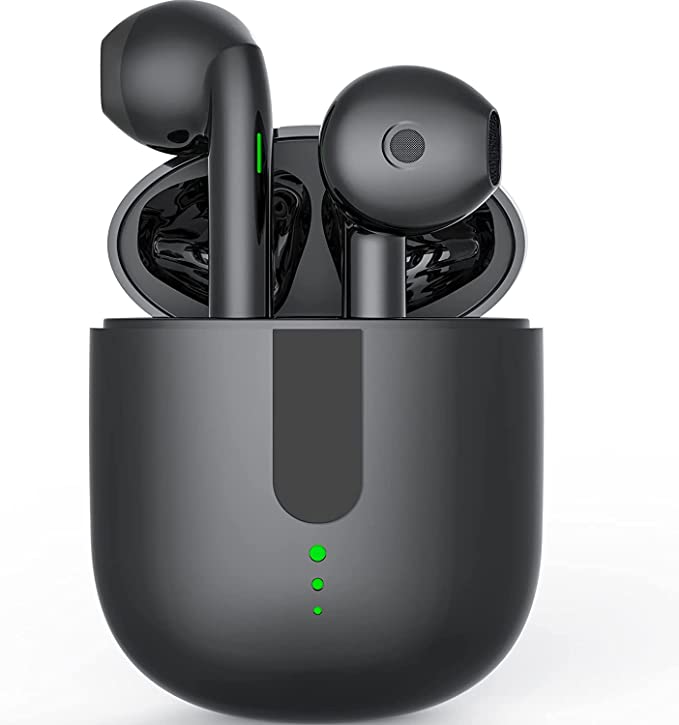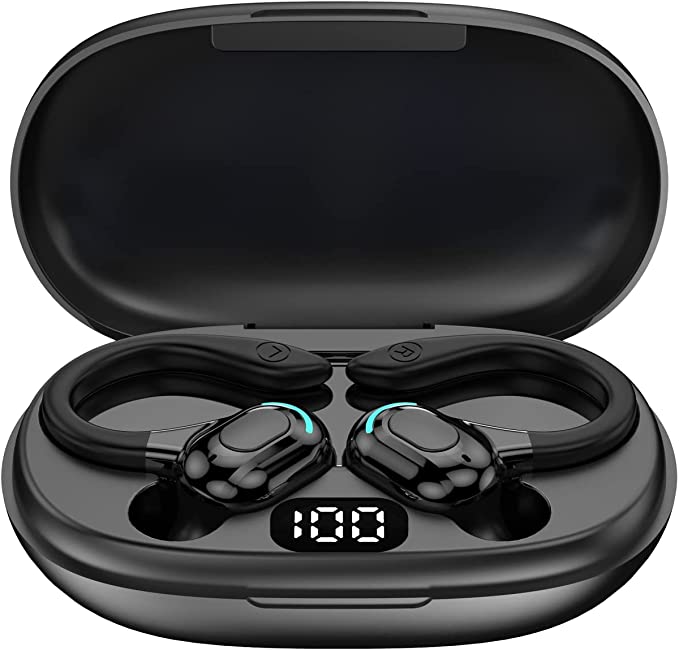Earbud Specs Explained: Decoding 140H Playtime, Bluetooth 5.3, and IP7 Ratings
Update on Oct. 30, 2025, 9:08 a.m.
You’ve seen the ads. A pair of sleek wireless earbuds flashes across your screen, promising “140 Hours of Playtime,” “Bluetooth 5.3,” and an “IP7 Waterproof” rating, all for a price that seems too good to be true. You’re intrigued, but also skeptical. What do these numbers actually mean for you?
Welcome to the club. The world of wireless audio is filled with technical jargon designed to impress, but it often confuses. As your guide, we’re going to pull back the curtain. We’ll decode the most common and misleading specs you’ll find on any product page.
To make this practical, we’ll use a real-world example—the Motast I09 wireless earbuds—as our case study. This model is a perfect example of the claims budget-friendly earbuds make. By the end of this guide, you won’t just understand what its specs mean; you’ll be able to look at any earbud spec sheet and know exactly what you’re paying for.

The Big One: Decoding “140-Hour Playtime”
Let’s start with the most eye-popping claim. When a product like the Motast I09 advertises “140-Hour Playing Time,” your first thought might be that you can listen for 140 hours straight. This is, unfortunately, not the case.
This number almost always refers to the Total Potential Playtime.
Here’s the simple math:
1. Continuous Playtime: This is the real battery life of the earbuds themselves on a single charge.
2. Charging Case Capacity: This is the battery inside the carrying case, which acts as a portable power bank.
The advertised “140 hours” is the combined total you get by repeatedly draining the earbuds and recharging them using the case, until the case itself is empty.
Let’s look at the I09’s breakdown: * Continuous Playtime (per charge): 6 hours. * Charging Case: Provides an additional ~23 recharges (23 * 6 hours = 138 hours).
So, 6 hours (from the buds) + 138 hours (from the case) = 144 hours. That’s where the “140H” claim comes from.
The Mentor’s Takeaway
When you shop, you must find two numbers. The big, flashy number (like 140H) tells you how long you can go before you need to find a wall outlet to charge the case. The smaller, more critical number (like 6H) tells you how long you can listen continuously—on a flight, during a workday, or on a long run.
It’s also crucial to know that manufacturer estimates are based on perfect lab conditions (usually 50% volume, stable connection). As one user review for the I09 noted, they got closer to 10 hours of continuous use. This isn’t a contradiction; it just highlights that real-world use (higher volume, taking calls, spotty connection) will always give you a different result.
The takeaway? The 6-hour (or 10-hour) continuous playtime is excellent for daily use. The 140-hour total playtime is fantastic for travelers or people who forget to charge their case for weeks at a time. Both are great features, but now you know the difference.

The Connection: Does Bluetooth 5.3 Really Matter?
Next up is “Bluetooth 5.3.” This sounds advanced, but let’s be honest: will you notice a difference between Bluetooth 5.0, 5.2, and 5.3?
Probably not.
Bluetooth is the wireless radio technology that connects your phone to your earbuds. Each new version brings small, incremental improvements.
- Bluetooth 5.0 (The Revolution): This was the big leap, offering massive gains in range, speed, and data capacity, which made stable, high-quality true wireless earbuds possible.
- Bluetooth 5.1, 5.2, 5.3 (The Evolutions): These updates are all about efficiency.
The Motast I09 uses Bluetooth 5.3. The key benefits this (and 5.2) bring to the table are:
- Better Power Efficiency: It helps the earbuds “sip” power instead of “gulping” it, especially when in standby. This contributes directly to that 6-hour continuous battery life.
- More Robust Connections: It’s better at navigating crowded radio environments (like a busy office or subway) by quickly hopping frequencies to avoid interference. This means fewer annoying skips or dropouts.
- Faster Pairing: As the I09 claims, it can connect in “just 2 seconds.” This is a quality-of-life feature you’ll appreciate every day.
The Mentor’s Takeaway
Don’t buy a pair of earbuds just because it says “Bluetooth 5.3.” However, seeing a 5.2 or 5.3 version number is a great sign. It means the product uses a modern, efficient chip. This translates directly to a more stable connection and longer battery life—two things you will absolutely notice.

The Water “Proof” Trap: What IP7 Actually Means
This is one of the most misunderstood specs of all. The Motast I09 is rated IP7.
“IP” stands for Ingress Protection. It’s a universal standard that uses two numbers.
- First Number (Solids): Rates protection against things like dust and sand (from 0-6).
- Second Number (Liquids): Rates protection against water (from 0-9K).
Sometimes you’ll see IPX7. The ‘X’ just means it wasn’t tested for dust protection. For earbuds, IP7 and IPX7 are functionally identical and tell you the same thing about water.
So, what does the “7” mean?
According to the official standard, an IPX7-rated device can be submerged in up to 1 meter (3.3 feet) of static water for up to 30 minutes.
This sounds amazing, but here is the critical fine print:
- It is not for swimming. The rating is for static water. The pressure from your swimming strokes, diving, or even a strong shower spray exceeds the test conditions and can force water past the seals.
- It is not for the shower. Soap and shampoo will destroy the hydrophobic (water-repellent) nano-coating that provides the water resistance.
- It is not for saltwater. Salt is highly corrosive and will damage the components and charging contacts.
The Mentor’s Takeaway
Think of an IP7 rating as “life-proof” or “oops-proof,” not “waterproof.”
It is designed to give you complete peace of mind against: * Heavy sweat during an intense workout. * Getting caught in a torrential downpour while running. * Accidentally dropping your earbud in a puddle or sink and quickly retrieving it.
For these scenarios, the I09’s IP7 rating is fantastic. It’s a robust layer of protection that adds serious durability. Just don’t take them swimming.

The “Noise Cancelling” Asterisk: CVC 8.0 vs. ANC
This is, without a doubt, the most important distinction to understand when buying budget-friendly earbuds.
The Motast I09 advertises “CVC 8.0 Noise Cancelling.”
Your brain might immediately jump to Active Noise Cancellation (ANC)—the technology in high-end headphones that silences the world around you, like the drone of a plane engine or office chatter.
CVC 8.0 is NOT Active Noise Cancellation.
Let’s break them down.
- Active Noise Cancellation (ANC): This technology is for your listening experience. It uses outward-facing microphones to “listen” to the ambient noise around you, then creates an “anti-noise” sound wave that cancels it out before it reaches your ear. This is a complex, battery-draining feature, which is why it’s usually in more expensive earbuds.
- Clear Voice Capture (CVC): This technology is for the person on your phone call. It is a microphone technology. It uses algorithms to identify your voice and separate it from background noise (like wind, traffic, or cafe chatter). It then suppresses that background noise, so the person you’re calling hears your voice clearly, not the chaos around you.
The Mentor’s Takeaway
The I09’s CVC 8.0 feature is not a “scam.” It’s a valuable feature, but you must know what it’s for.
- Do NOT buy the I09 if you want to silence the world on your commute. It will not do that. The only noise reduction you’ll get is Passive Noise Isolation—the physical seal of the silicone tip plugging your ear canal, which works just like an earplug.
- DO consider the I09 if you take a lot of calls on the go. The CVC 8.0 means your voice will sound much clearer to your clients, boss, or family, even if you’re in a noisy environment.
This single piece of knowledge (CVC vs. ANC) is the key to avoiding the most common “buyer’s remorse” in the earbud market.

Your New Spec Sheet Superpower
Let’s circle back. We started with a list of confusing specs from the Motast I09, and now, you’re an expert.
You know that: * 140H Playtime is the total time from the case, while the ~6-10 hour continuous time is what matters for daily listening. * Bluetooth 5.3 is a modern chip that means better battery efficiency and a more stable connection. * IP7 is powerful “oops-proof” protection against sweat and rain, but not for swimming or showering. * CVC 8.0 makes your voice clear on calls; it does not cancel the noise around you for your listening.
You are no longer just a shopper. You are an informed buyer. You can now look at any earbud product page, cut through the marketing hype, and understand exactly what you are—and are not—getting for your money.
